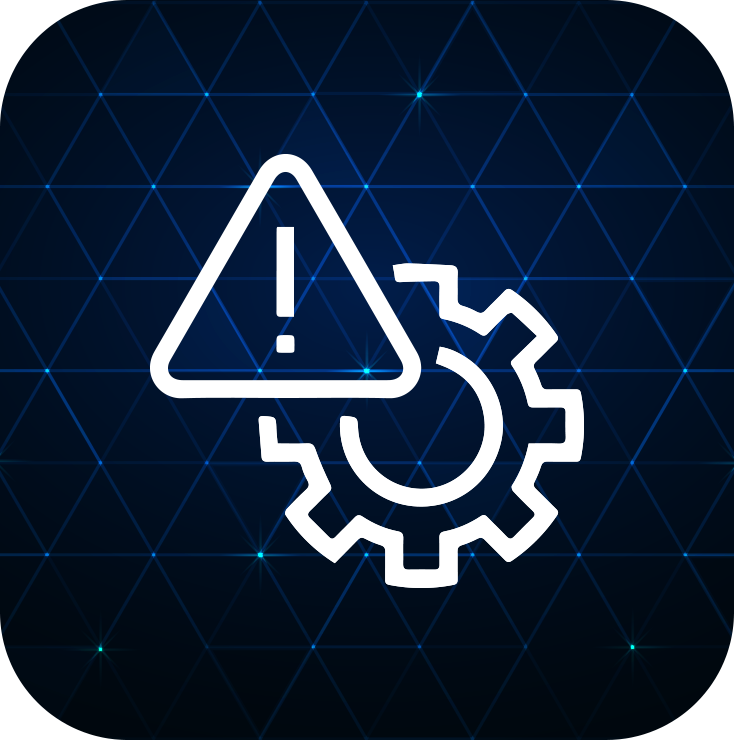Why Retailers Need to Invest in Incident Response
Incidents are an Increasing Threat to Retailers
The number and total cost of incidents have increased over the past decade. Retail has been hit hard by these trends; It is estimated that in 2021, the average total cost of a data breach to a retailer was $3.27M.
Yet, retailers that proactively respond through Incident Response solutions have been able to mitigate, and even avoid incidents. Incident Response solutions can help retailers orchestrate their response end to end, unifying necessary capabilities like collaboration, automation, and workflow to increase the effectiveness of their response and accelerate time to resolution. Retailers that are currently investing in their Incident Response program should evaluate solutions based off of three capabilities:
- Collaboration – Incident Response is cross functional and needs to connect the right people with the right information in order to make the best possible decisions.
- Integration -Effective responses are coordinated end to end and across the team, delegating and organizing work among stakeholders according to their roles and expertise.
- Automation– Solutions need to automate baseline requirements, such as application integrations, knowledge management, and information sharing to implement an effective response. Automation streamlines the manual, error-prone tasks of Incident Response so that teams can focus on strategy.
By investing in an Incident Response solution, any retailer can minimize the impact of an incident to their business. Retailers should aim to find a solution that accounts for capabilities like collaboration, automation, and workflow to give their teams an advantage in Incident Response.
Collaborate Effectively across Distributed Teams and Systems
One of the challenges retailers face is that their business infrastructure and teams tend to be very distributed. Incident Response is a cross-functional effort, and solutions need to be threaded throughout the business so that the right people are met with the right information. Retailers need solutions that address the importance of centralizing collaboration, and making it easy for distributed teams to message, meet, and share content so that they can make the best possible decisions.
How collaboration can help:
- Provide distributed teams with an accessible way to meet, gather information, and respond to the incident.
- Assemble internal and external stakeholders by connecting through chat, voice, and video to align on status and priorities.
- Access key documents from multiple information sources with embedded integrations and powerful search capabilities.
Maximize Visibility through Integration
Another important consideration retailers should have for their Incident Response solution is the ability to integrate with their existing technology stack. Retailers tend to have a multifaceted IT infrastructure due to the many forms of service required for business. This includes solutions for digital customer activity, in person customer activity, business operations, and all other backend systems. To account for this variability, retailers need Incident Response solutions to maximize visibility across their infrastructure.
How integration can help:
- Centralize applications to monitor information, and track incoming developments.
- Organize past and incoming information that can be visualized and designated to specific tasks, role assignments, and stages of the response.
- Notify teams with updates and task assignments so that the response maintains accuracy and control.
Automate Plans and Respond in Real Time
Incidents can have severe repercussions for retailers, even if they only last for a short amount of time. In addition to any sales voided as a direct result of an incident, retailers face longer form consequences including lost business, compromised information, and damaged reputation. Automating the structural elements of their response, like relevant application integrations, institutional knowledge, and task coordination, helps retailers that mitigate real-time and post-incident damage. Automation allows teams to focus on strategy rather than manual, error-prone tasks, increasing the effectiveness of the overall response, and accelerating time to resolution.
How automation can help:
- Prepare response plans targeted to specific events. With workflow automation, connect tasks with relevant information, applications and other tasks to streamline the response.
- Record all response activity to provide insight in real time, and post-incident for process improvement, auditing, and reporting.
The Success of Incident Response is in Collaboration, Integration, and Automation
As incidents become increasingly complex, diverse, and interconnected, retailers face increased pressure to deliver quality incident management. Retailers can maximize the value of existing technology investments, and even more, improve their response, by investing in an Incident Response solution that uses collaboration, integration, and automation, to unify their response. Solutions like CafeX track chat, video, and voice communications alongside incoming information so that teams can improve decision making and the overall quality of a response.
With a unified view and an adaptable way to structure responses, solutions like CafeX help retailers coordinate their people, tasks, and applications to improve decision making and streamline the overall response.
Get started with Challo today
Schedule a Call


